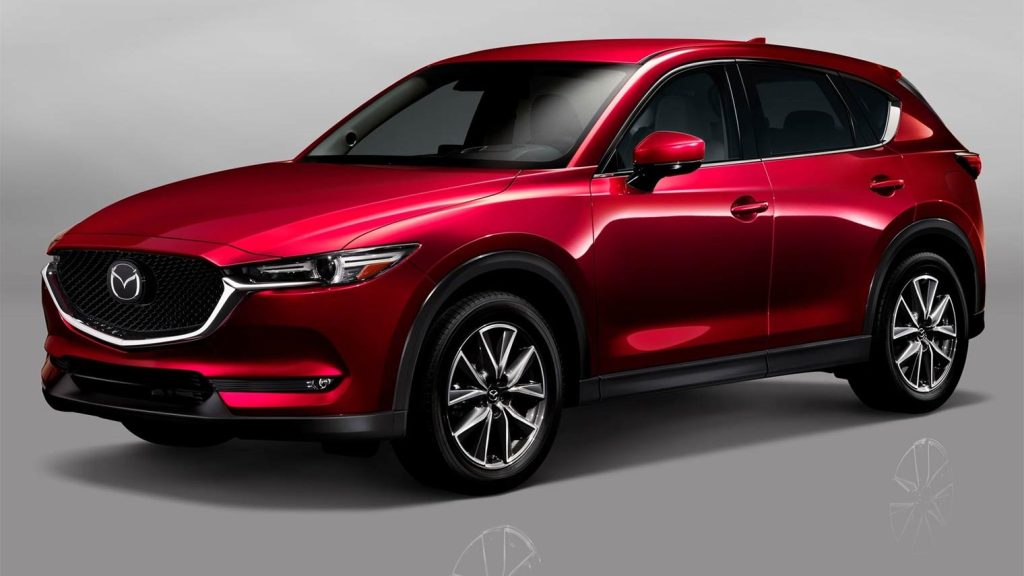In today’s digital age, music streaming has become an integral part of our lives. With countless platforms available, the debate over whether to stick with a free music player or opt for a paid subscription is more relevant than ever. Each option comes with its own set of features, advantages, and limitations. To determine whether a paid music player subscription is worth the investment, it is essential to consider factors such as user experience, features, and overall value.
The Free Music Player Experience
Free music player options, such as Spotify Free, Apple Music Free, and Pandora’s free tier, offer a solid foundation for those who are content with basic functionality. These platforms allow users to access a vast library of songs, create playlists, and discover new music without spending a dime. However, there are several trade-offs associated with free versions. One significant limitation is the presence of advertisements. Free users are frequently interrupted by ads, which can disrupt the listening experience and detract from the overall enjoyment of the music. Additionally, free versions often come with restricted features, such as lower audio quality and limited skips. For example, on Spotify Free, users are restricted to shuffle mode on mobile devices and have less control over the playback of songs. Moreover, free versions usually come with a lower audio quality compared to their premium counterparts. While this may not be noticeable on standard speakers or casual listening sessions, audiophiles and those with high-quality headphones or speakers might find the difference quite significant. Another limitation is the lack of offline listening capabilities. Free users typically need a constant internet connection to enjoy their music, which can be inconvenient, especially in areas with poor connectivity.
The Premium Music Player Experience
Paid subscriptions, such as Spotify Premium, Apple Music, and Tidal, offer a more polished and feature-rich experience. These services provide users with several benefits that enhance their listening experience and offer more flexibility. Firstly, premium subscriptions generally remove ads entirely, allowing for uninterrupted music enjoyment. This alone can significantly improve the user experience, as there are no interruptions or distractions during playback. Additionally, premium users often enjoy higher audio quality. For instance, Spotify Premium offers higher bitrate streaming compared to the free tier, and platforms like Tidal provide HiFi and Master quality streams, which can be a game-changer for those who value superior sound quality. Offline listening is another major advantage of paid subscriptions. Premium users can download their favorite tracks, albums, and playlists for offline playback. This feature is particularly useful for those who want to listen to music while traveling, during commutes, or in areas with limited internet access. Having access to offline music can also help conserve mobile data usage.
Moreover, premium subscriptions often offer enhanced features such as personalized playlists, advanced music discovery tools, and exclusive content. For instance, Spotify Premium provides features like Discover Weekly and Release Radar, which help users discover new music based on their listening habits. Apple Music offers exclusive releases and early access to new albums, while Tidal provides curated playlists and editorial content from music experts. Another noteworthy aspect is the ability to create and manage playlists with greater ease and flexibility. Premium users often have more control over playlist creation, including the ability to organize tracks, share playlists with friends, and access curated playlists from other users or experts. This can enhance the overall music discovery experience and help users find new tracks that suit their tastes.
Evaluating the Cost vs. Benefits
When considering whether a paid music player subscription is worth it, evaluating the cost in relation to the benefits is crucial. Premium subscriptions typically cost between 10 to 15 per month, depending on the platform and any additional features. While this may seem like a considerable expense, many users find the benefits outweigh the cost. For avid music listeners who value high audio quality, uninterrupted playback, and offline access, the investment in a premium subscription can be well worth it. The enhanced features and user experience can make a significant difference, especially for those who spend a considerable amount of time listening to music or who prioritize high-fidelity sound. However, for casual listeners or those who are content with a more basic experience, sticking with a free version may be sufficient. If the advertisements and limited features do not significantly impact the listening experience, the free tier can still offer access to a vast library of tubidy mp3 music and basic functionality. Ultimately, the decision comes down to individual preferences and how much value one places on the additional features offered by premium subscriptions. It is also worth considering factors such as family plans, student discounts, and trial periods, which can provide a more affordable way to experience the benefits of a premium subscription before committing to a long-term plan.
Conclusion
In conclusion, whether a paid music player subscription is worth it depends on a variety of factors, including personal preferences, listening habits, and budget. Free music player options provide a basic yet functional experience with some limitations, while premium subscriptions offer enhanced features, higher audio quality, and an ad-free experience. For those who value these benefits and are willing to invest in a subscription, the added features can significantly enhance the overall music experience. On the other hand, casual listeners who are content with a more basic setup may find that the free version meets their needs adequately. Ultimately, evaluating the cost against the benefits and considering individual preferences will help determine if a premium subscription is the right choice. Moreover, online platforms have expanded the ways in which music is integrated into other aspects of life.
For instance, many services offer curated playlists for different moods, activities, and occasions, from working out to relaxing at home. This level of personalization enhances the role of music in daily life, making it an integral part of personal routines and experiences. The rise of online musical platforms has also had a profound impact on live music and concert experiences. While streaming services provide an on-demand listening experience, live performances remain a crucial component of an artist’s career. However, the two are increasingly intertwined. Live streams of concerts and virtual performances have become more common, especially in the wake of the COVID-19 pandemic, offering fans the chance to experience live music from the comfort of their homes. These virtual events have expanded the possibilities for live music and allowed artists to reach audiences who might not have been able to attend in person.





